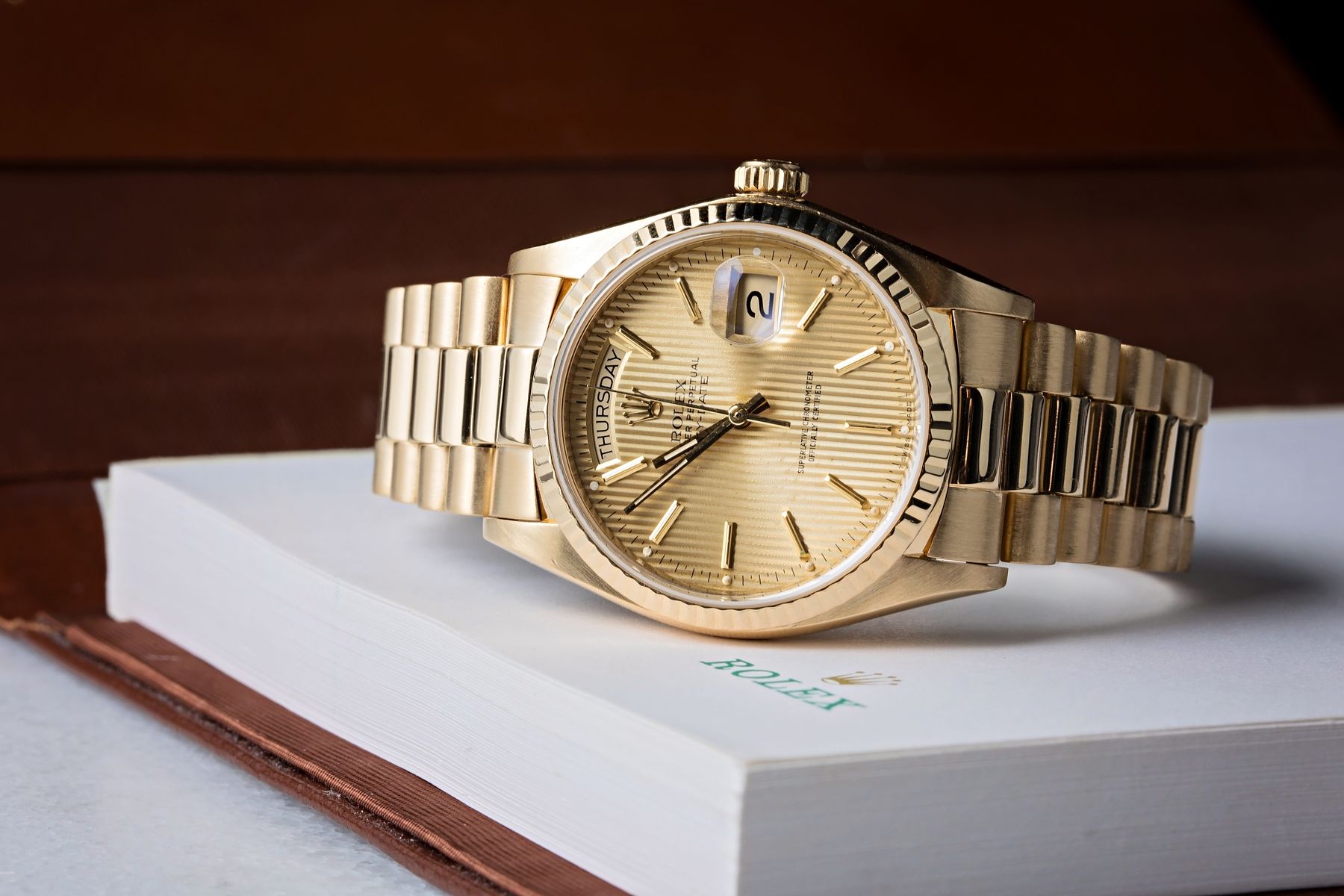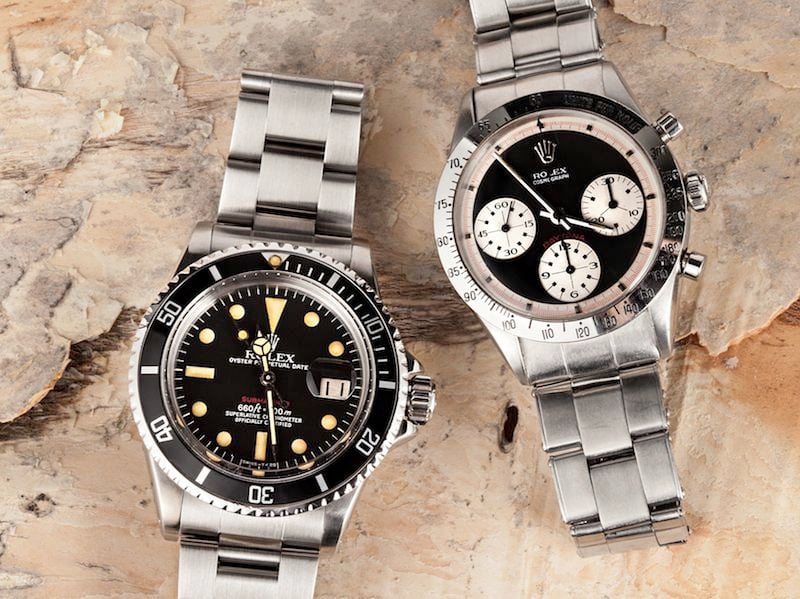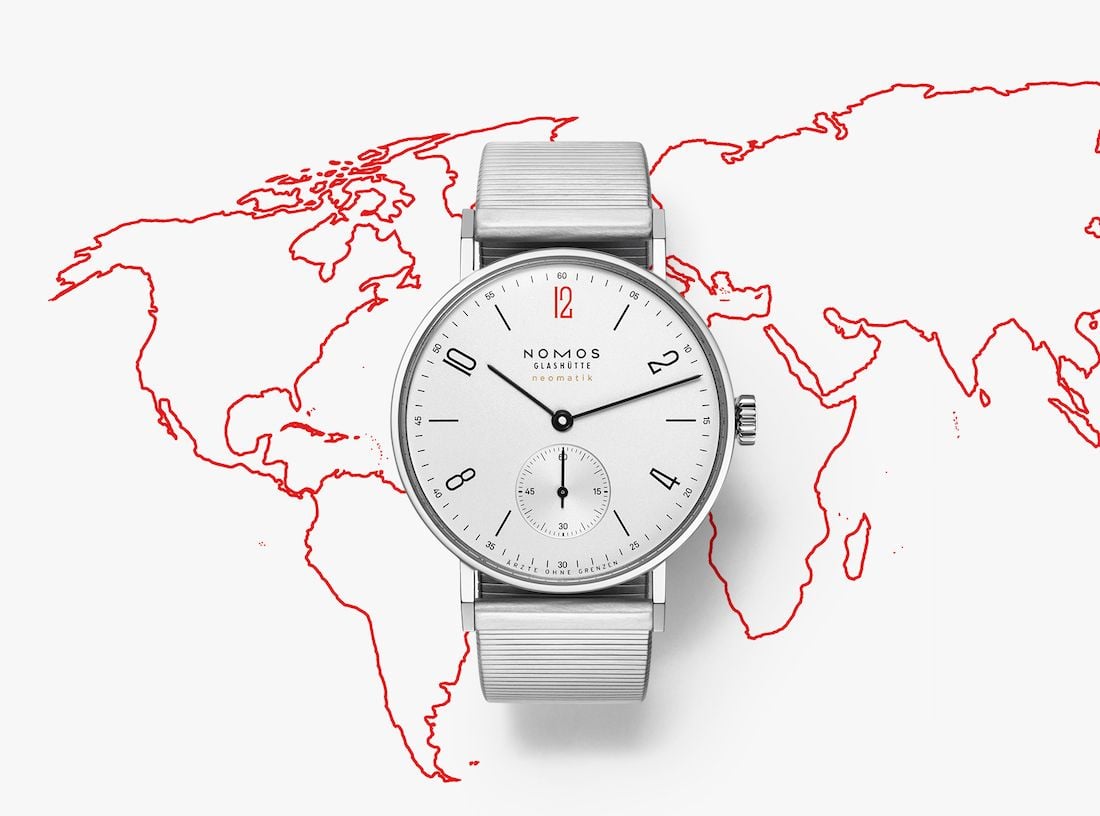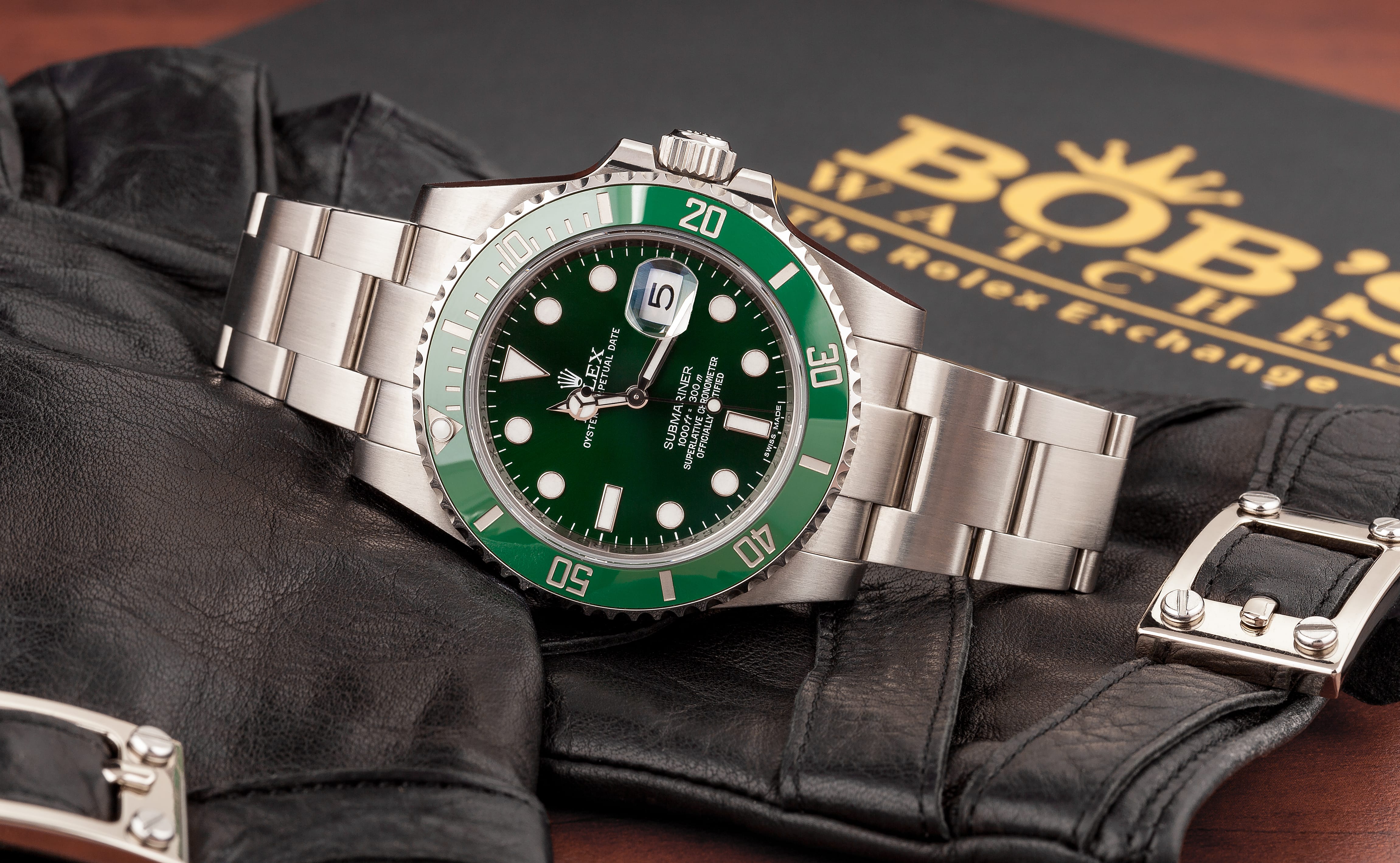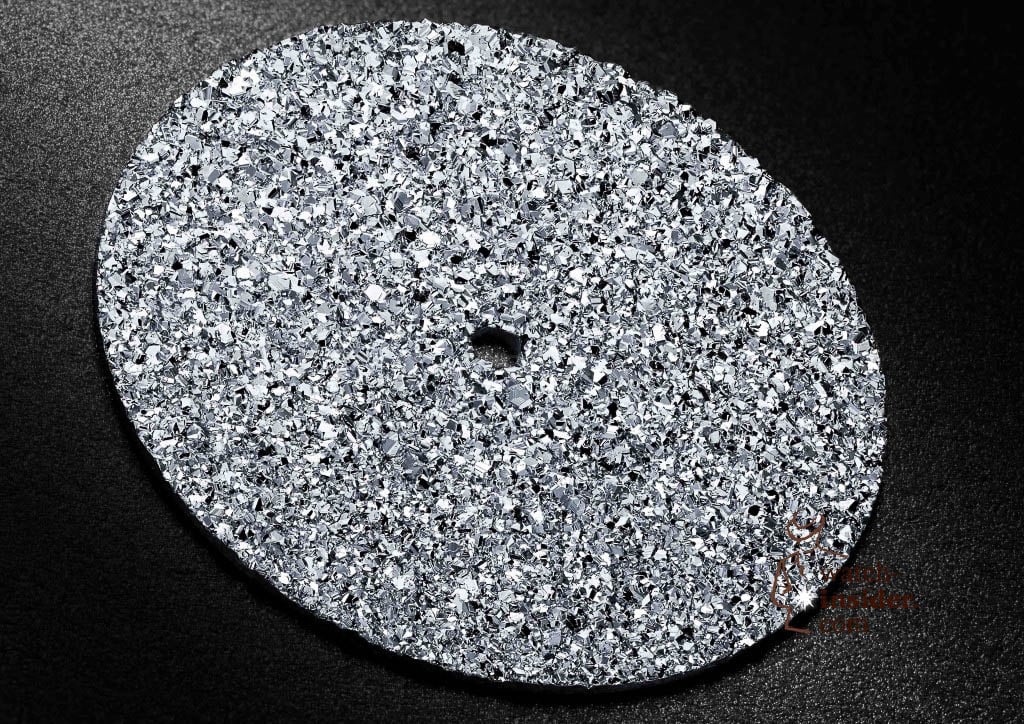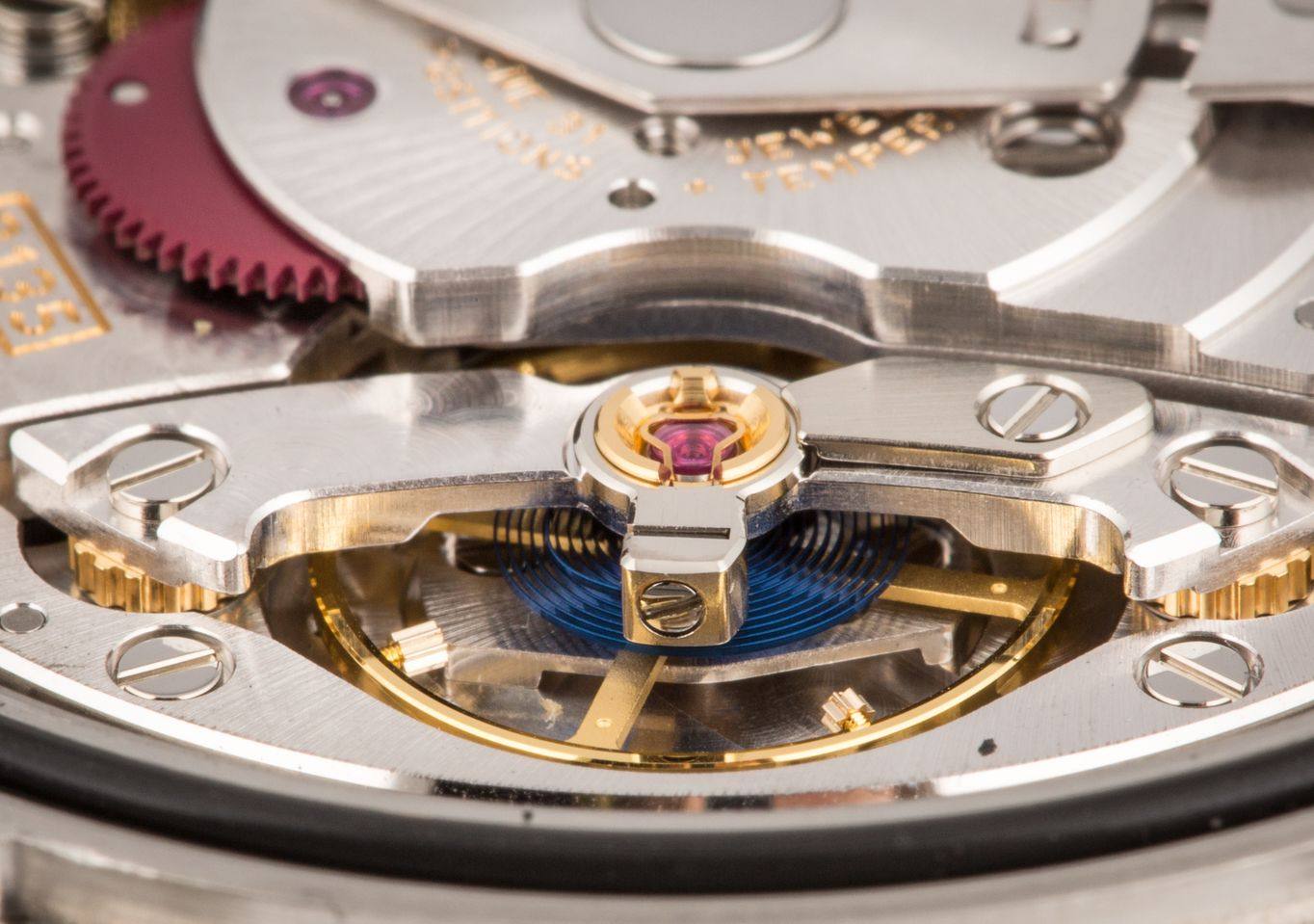It is possibly the most frequently asked question in horology circles: How do you spot future collectible watches?
There’s no doubt that choosing to buy the right luxury watches at the right time could lead to significant returns on investment. There was a period of time, for instance, when you could have walked into a Rolex retailer and bought a stainless steel watch right off the shelf (imagine that!) Even more incredibly, that luxury watch could have been a Rolex Daytona. And, if you really wanted to make the dealer a friend for life, you could have opted for one of those unconventional “exotic dial” models, which were slow-sellers and never likely to catch on.
Back in the 1960s, no one would have believed the sky-high prices that vintage Rolex Daytona chronographs trade at these days. Come to think of it, it’s hard to believe now. But a watch that was more-or-less being given away when it was first released can go for the high five figures and beyond today. How about the exotic dial variants that later became known as Paul Newman Daytona dials? Add a zero on the end.
Many serious watch collectors will admit that finding a similarly performing model would be a dream piece to add to any collection. The question is, how do you spot them early? While there are no certainties in collecting watches, there are a few best practices to keep in mind if you want to spot future collectible watches.
Click here for a closer look at some of the best luxury watches for starting a collection.
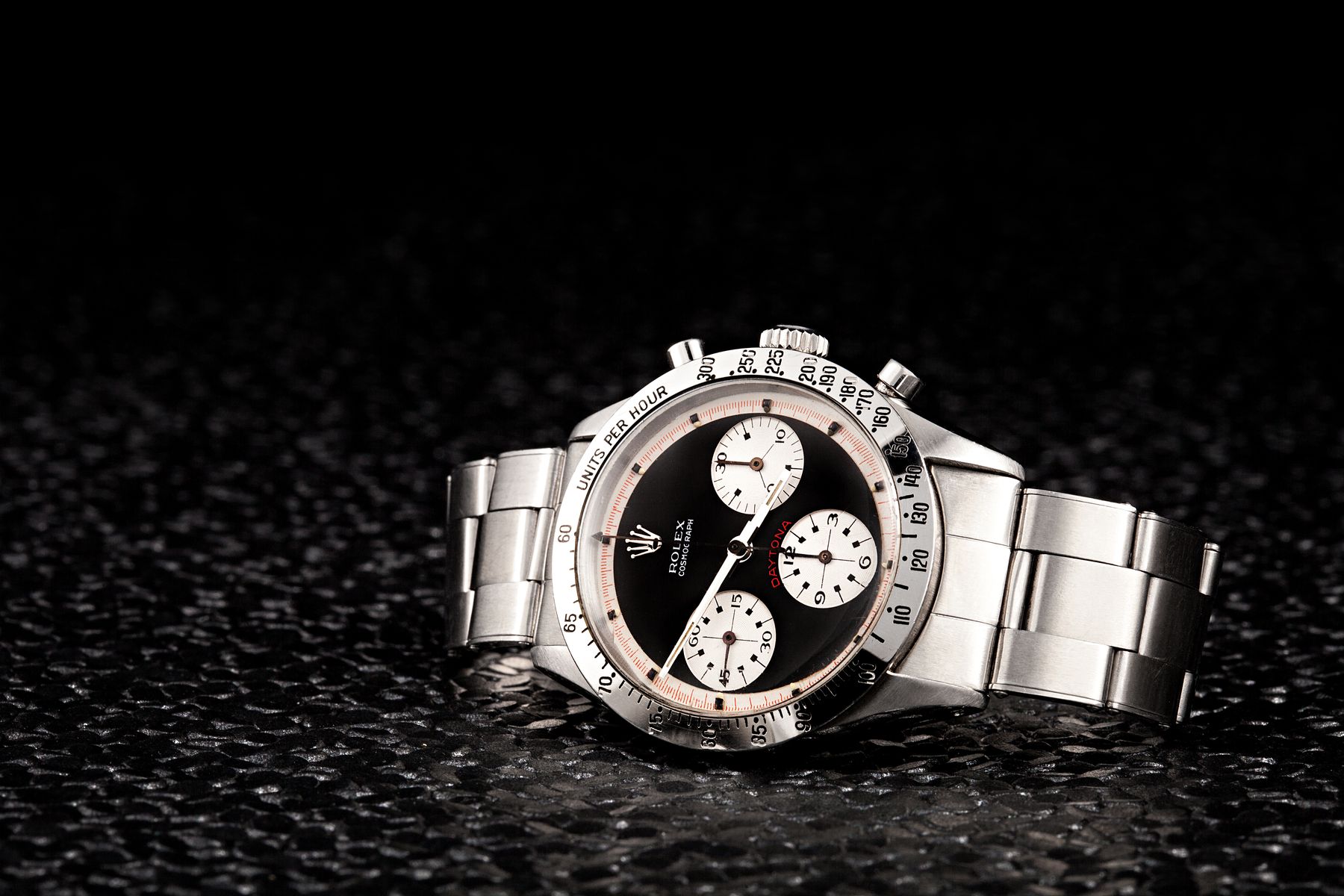
The Beauty Of Hindsight
First up, as watch lovers, we would never advocate you buy any piece just because you have a hunch it might work well as an investment. Luxury timepieces are to be enjoyed for their heritage, aesthetics, and engineering prowess, rather than for any sort of financial consideration. Found a watch you love? One that appeals to your unique tastes and falls within your budget? Buy it – and let the cards fall where they may as far as monetary returns.
That being said, it never hurts to know a little about the factors that tend to increase the chances of that particular timepiece rising in price over the years. So below, we’ve listed a few things to look out for when shopping for the next piece to add to your collection. However, as far as stone-clad certainties go, this is about as inexact a science as you can get. A watch fulfilling all these criteria might never become highly collectible for one reason or another – but that’s what makes the practice so fascinating.
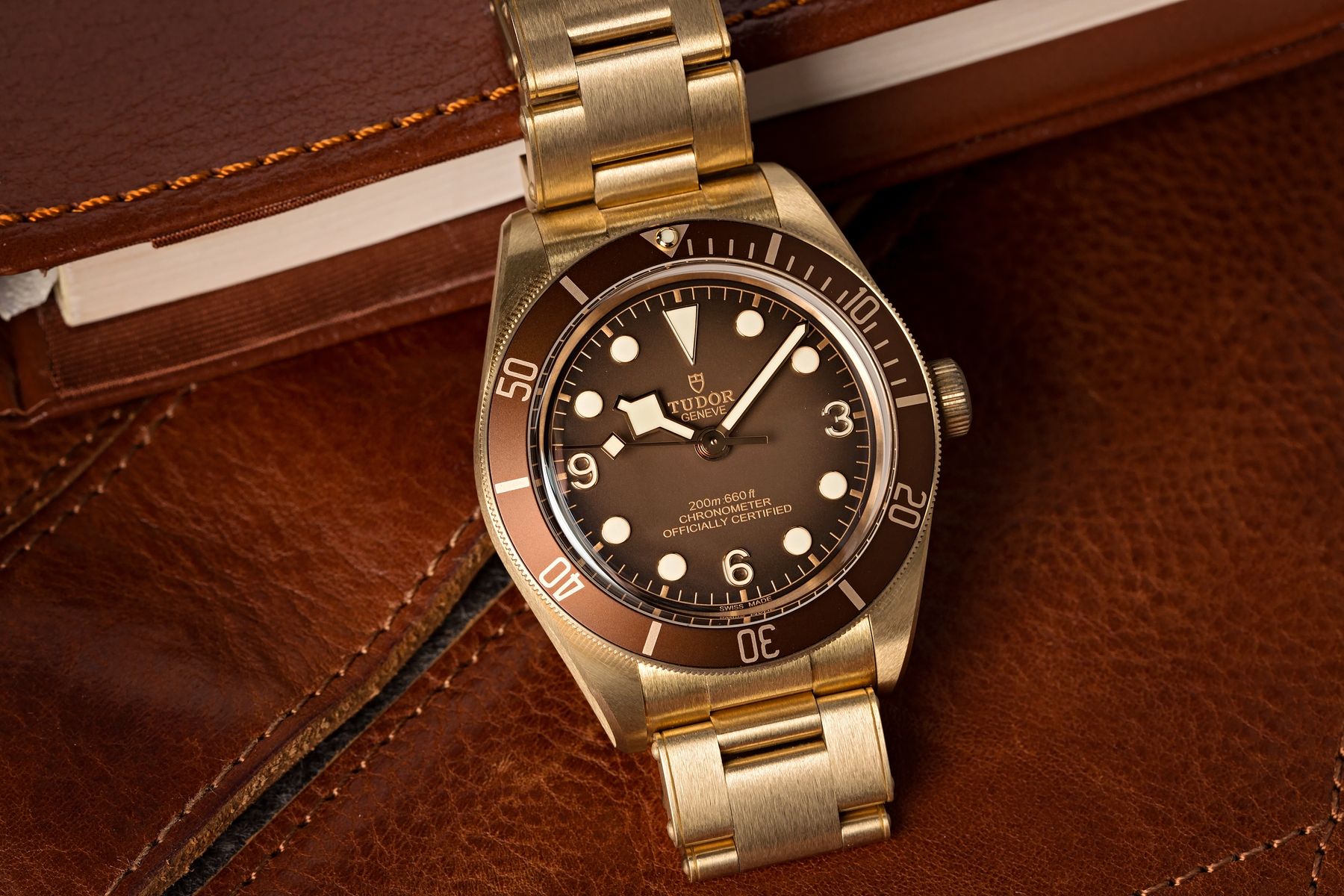
Finite Supply
It seems only logical that for a watch (or anything else) to become collectible, it must be relatively difficult to obtain. If you can just wander into a store and buy one brand new, it takes away one of the main things hardcore horology fans crave the most: the thrill of the chase.
The rarer the model, the more challenging it is to find; therefore, the more valuable it is (as long as there’s a demand for it, naturally.) If you are looking to hedge your bets on a future collectible watch, perhaps the best time to buy it is just as it goes out of production. It leaves enough in circulation to keep the buy-in price somewhat reasonable, but choose the right one, and there’s a strong chance that (at worst) you won’t lose money on it. At best, you could see its value rise as supplies on the pre-owned market dwindle over time.
Some relatively recent examples are the yellow and red dial variants of the Oyster Perpetual, which Rolex discontinued in 2022 after less than two years of production. These vibrant Oyster Perpetual watches were already exceedingly popular while in production, with street values reaching well over twice sticker prices. Now that Rolex has simply stopped making the Oyster Perpetual with yellow and red dials, prices for them start at $20,000 for the 36mm and $26,000 for the 41mm on the secondary market; that’s about four times the MSRP for a modern entry-level Rolex watch!
Even more valuable than those OP colorways, however, is the Oyster Perpetual 41 with a turquoise dial. Again, after only two years of manufacturing it, Rolex discontinued the Oyster Perpetual ref. 124300-0006 and it’s not uncommon to find priced at $40,000 or more on the secondary market. If you were lucky enough to buy this model straight from an AD, you would have only paid about $6k for it.
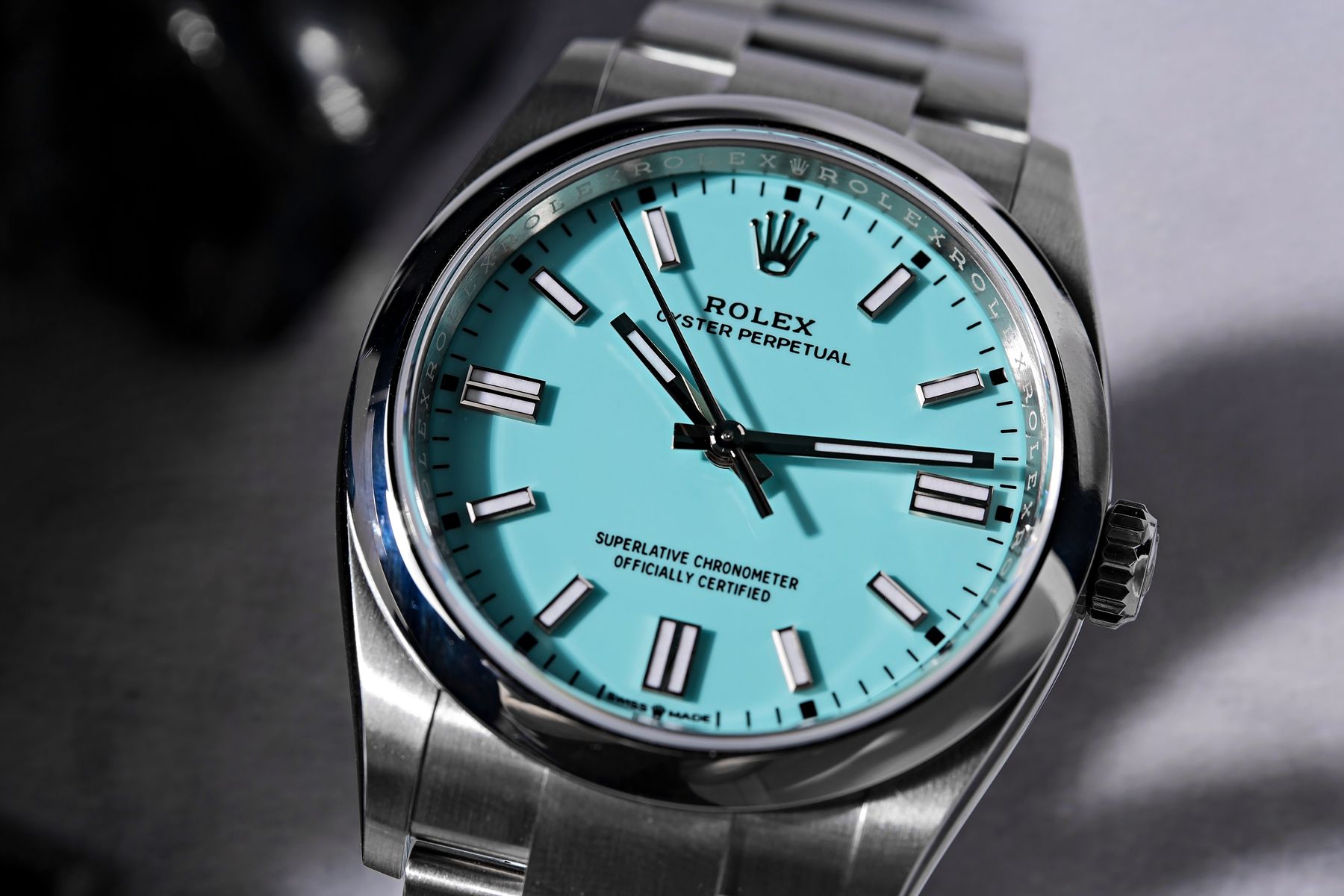
Poor Seller
The poor-seller that transforms into a hot collectible phenomenon brings us back to the great example of the four-digit reference Rolex Daytona chronographs during the 1960s, 1970s, and 1980s. Arriving a few years short of the automatic chronograph breakthrough and in production during the frenzy of the quartz era, the Daytona’s superb but “old fashioned” manually-wound mechanical movement condemned it to sit gathering dust in dealers’ showrooms. The lack of demand for the Daytona pushed Rolex to slow down the production of its flagship chronograph, thus, fewer models left the factory. Fast-forward a handful of decades, and this inherent rarity explains at least some of the fanatical devotion to vintage Daytona watches today. There simply aren’t all that many of them out there.
While the Daytona is about the most extreme instance, there are a few other examples sprinkled throughout Rolex’s archives. Otherwise great watches that tanked at the box office upon their release – either by being overpriced, not meeting the market’s tastes, or about a dozen other reasons – now find themselves heavily prized and thin on the ground. The Milgauss ref. 1019 and the Explorer II ref. 1655 come to mind, both of which were considered flops during their manufacturing run, yet are highly collectible vintage watches today. Of course, some watches didn’t sell because they were just undesirable watches, so it takes a keen eye and a dose of luck to identify the ones destined for greatness.
Aside from the Rolex Daytona, another watch that began as a slower-seller but pivoted into a grail-worthy timepiece is the Audemars Piguet Royal Oak. It’s been reported that it took AP three years to sell 1,000 units after the Royal Oak’s 1972 debut. How things have changed!
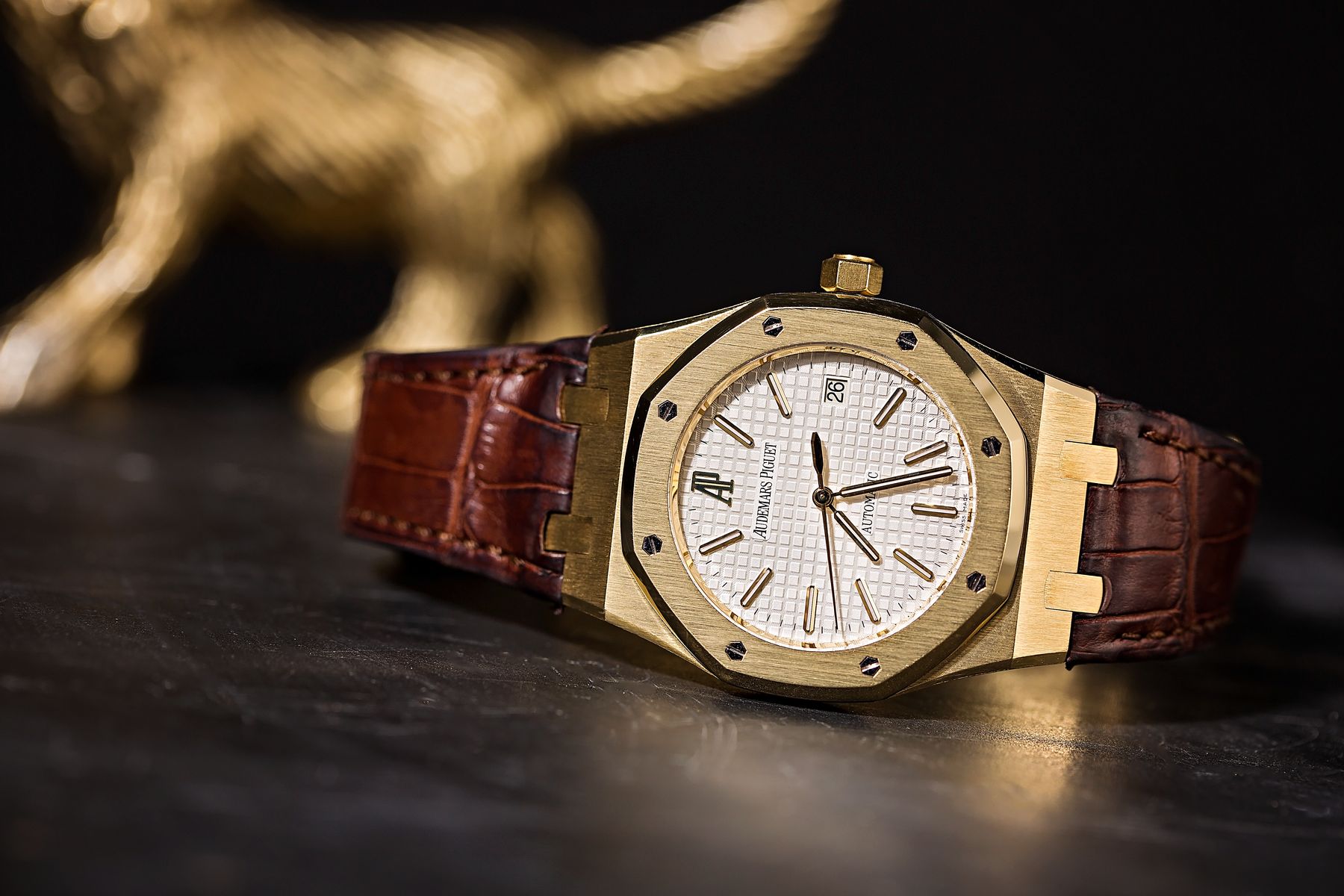
Distinguishing Features
Giving a timeless classic a little twist can sometimes increase its chances of becoming a highly desirable watch. The Rolex Submariner is one of the most immediately identifiable pieces ever made, so when it was fitted with an unorthodox green bezel on its 50th birthday, it already had one mark in its favor. Less than a decade later, Rolex replaced the green-bezel “Kermit” with the all-green Submariner “Hulk” with a matching bezel and dial. Finally, in 2020, Rolex unveiled the new ceramic Kermit Submariner (a.k.a. the “Cermit”) with a green Cerachrom bezel but a return to the traditional black dial. Regardless of the particular reference, each of these three green Submariner models is notably more valuable, thus collectible, than their classic all-black Submariner counterparts.
Sometimes, a transitional model – a bridge between two generations of the same piece that introduces new aspects to the range, while still retaining plenty of elements from the previous iteration – hits collector’s status. Other times, the final appearance of a beloved feature often marks out a future winner. The Sea-Dweller ref. 116600, which was only around for three short years, was the last of the series issued without a Cyclops lens over its date window. For many fans, this was one of the main reasons to opt for the Sea-Dweller over the Submariner, and that short-lived reference is now being held in increasing affection, with prices rising to reflect that.
Occasionally, the distinguishing feature can be unintentional. A faded bezel, a cracked spider dial, accidental color transformations (a.k.a. “tropical” dials,) and an imperfection in text printing – all add to the prestige and give the watch that vital characteristic: exclusivity.
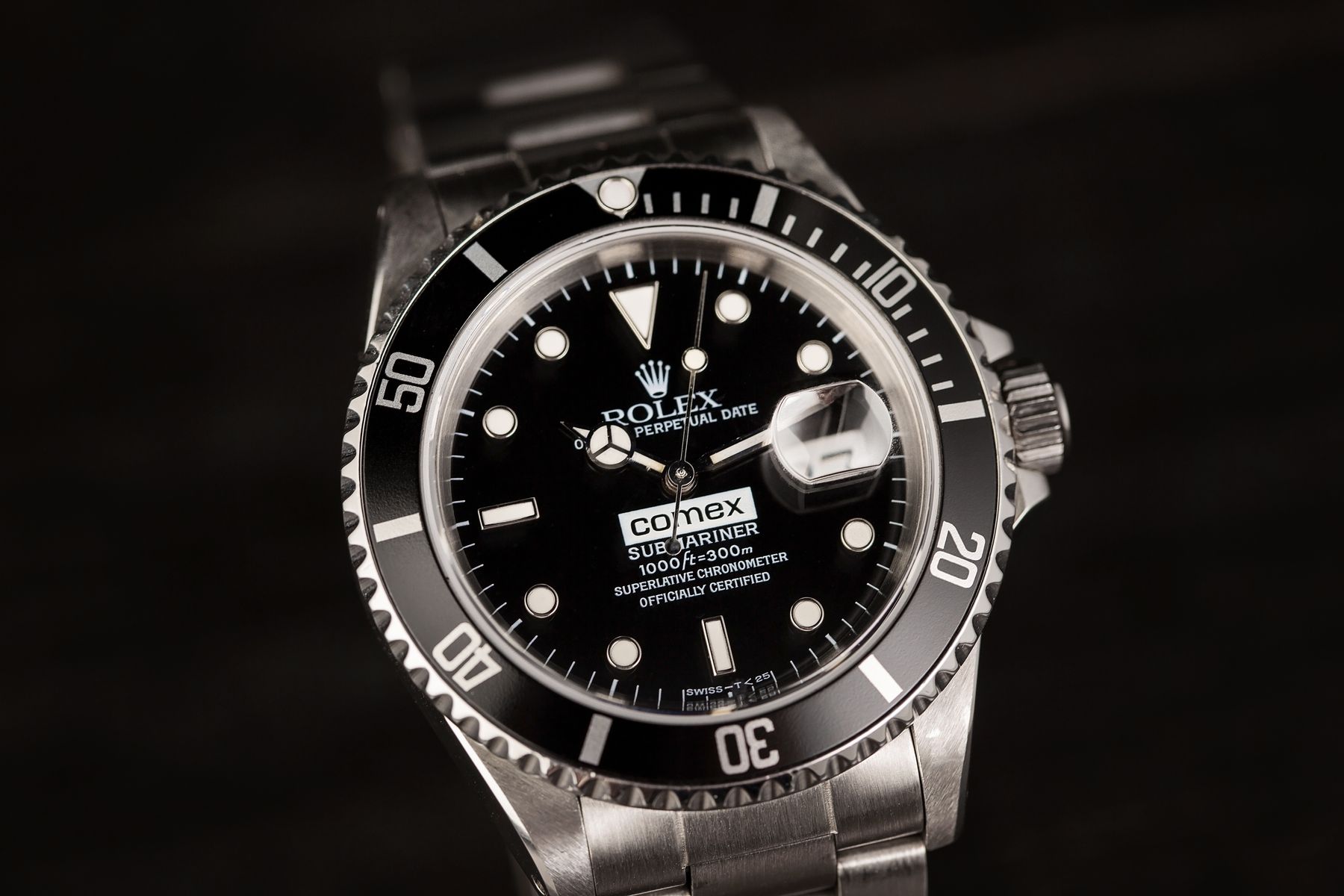
Overall Rarity
In many ways, all roads lead to this. Fans quickly tire of wearing the same watch everyone else has, and so finding something that sets them apart becomes the overriding goal.
Collectors want unique pieces; the ones that no one else can get hold of, the model that separates them from the herd. The most collectible watches are the rarest, and they become rare precisely because they fall into one or all of the above categories. They might have been produced more or less as prototypes, in extremely low quantities, or as testing grounds for various innovations. They may have been so badly received upon their launch that no one bought them and they had to wait for their moment in the spotlight, sometimes decades later.
There’s the story of the now-famous Rolex Yacht-Master Cosmograph prototype (circa mid-1960s), which was rumored to have been developed to try to offset the failure of the Daytona. Only three known examples of the prototype Daytona Yacht-Master are known to exist: one used to belong to Eric Clapton before he sold it in 2003, one owned by legendary Rolex collector John Goldberger, and the last one apparently sits in Rolex’s safe in Geneva. More recently, a titanium Rolex Yacht-Master prototype was spotted on the wrist of sailor Sir Ben Ainslie in 2021. You better believe that if that ultra-rare Rolex watch ever came up for sale, collectors would be all over it.
Alternatively, a future collectible watch could have been issued as a special edition of a well-known name; although it does have to be special. Sometimes, certain watch companies, such as Omega, are a little too zealous about limited-edition or special-edition runs, which can harm more than benefit the collectability of a particular watch, model, or brand. However, there are exceptions. For instance, the Snoopy Speedmaster watches made to commemorate the success/failure of the Apollo 13 mission and Omega receiving NASA’s most prestigious award, are currently performing extremely well on the collector’s market. Omega made 5,441 examples of the 2003 version, 1,970 examples of the 2015 version, and the newest version from 2021 is not limited but definitely hard to get and trading hands at a steep premium above its brand-new retail price.
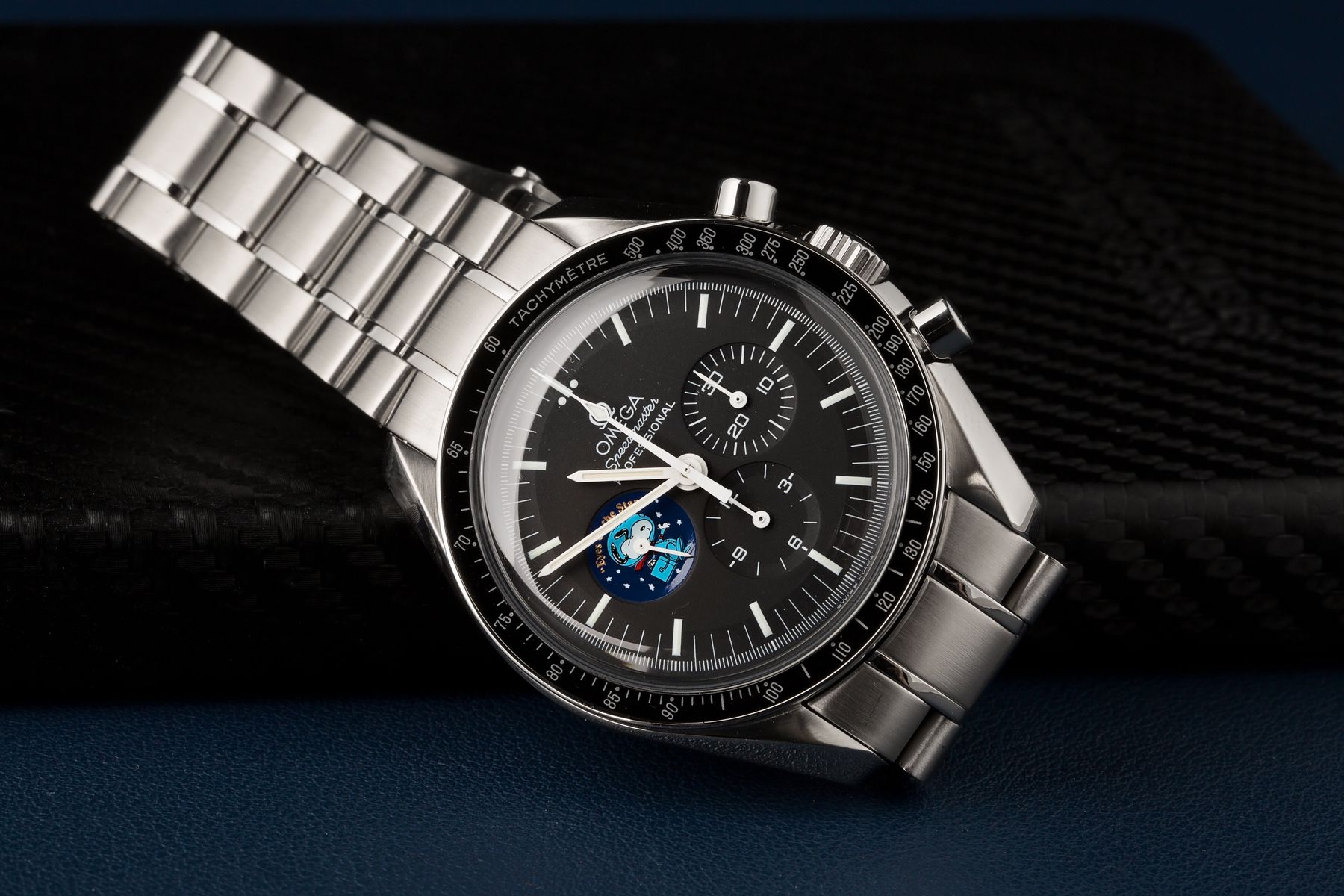
Collecting for Pleasure Instead of Financial Gain
As mentioned above, spotting future star performers in the watch world is often just as much about luck as judgment. If there was a way to do it with absolute certainty, we’d all be incredibly wealthy. But finding a watch from a top brand, one produced in low quantities and preferably not anymore, perhaps debuting new technology or with some other discerning feature, is as good a bet as you can make.
It is even more difficult to make these judgment calls in today’s robust luxury watch market since so many watches (particularly ones made by Rolex, Audemars Piguet, Patek Philippe, and Richard Mille) are valued higher on the secondary market than their retail prices suggest. With the interest in top-tier timepieces at an all-time high, many new releases become instant collectibles right when they’re announced by the brand – and this is even before they leave the factory for boutiques around the world.
The most important point to remember is to buy watches you love. If you have a watch you enjoy wearing, that is going to be a much more pleasurable experience than trying to speculate on the financial gain you may or may not see in the future.
